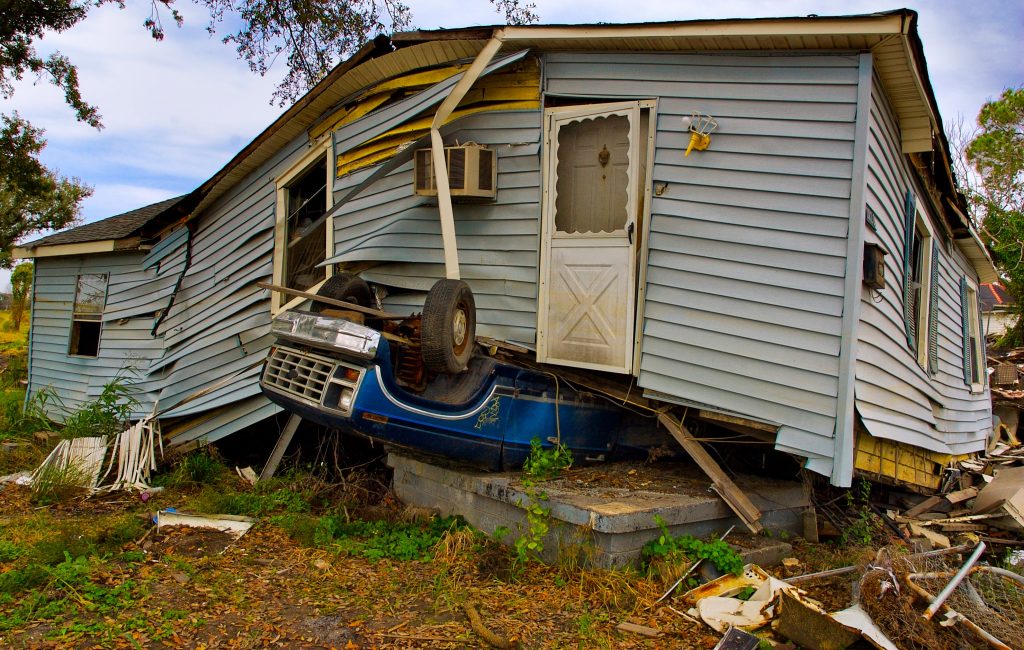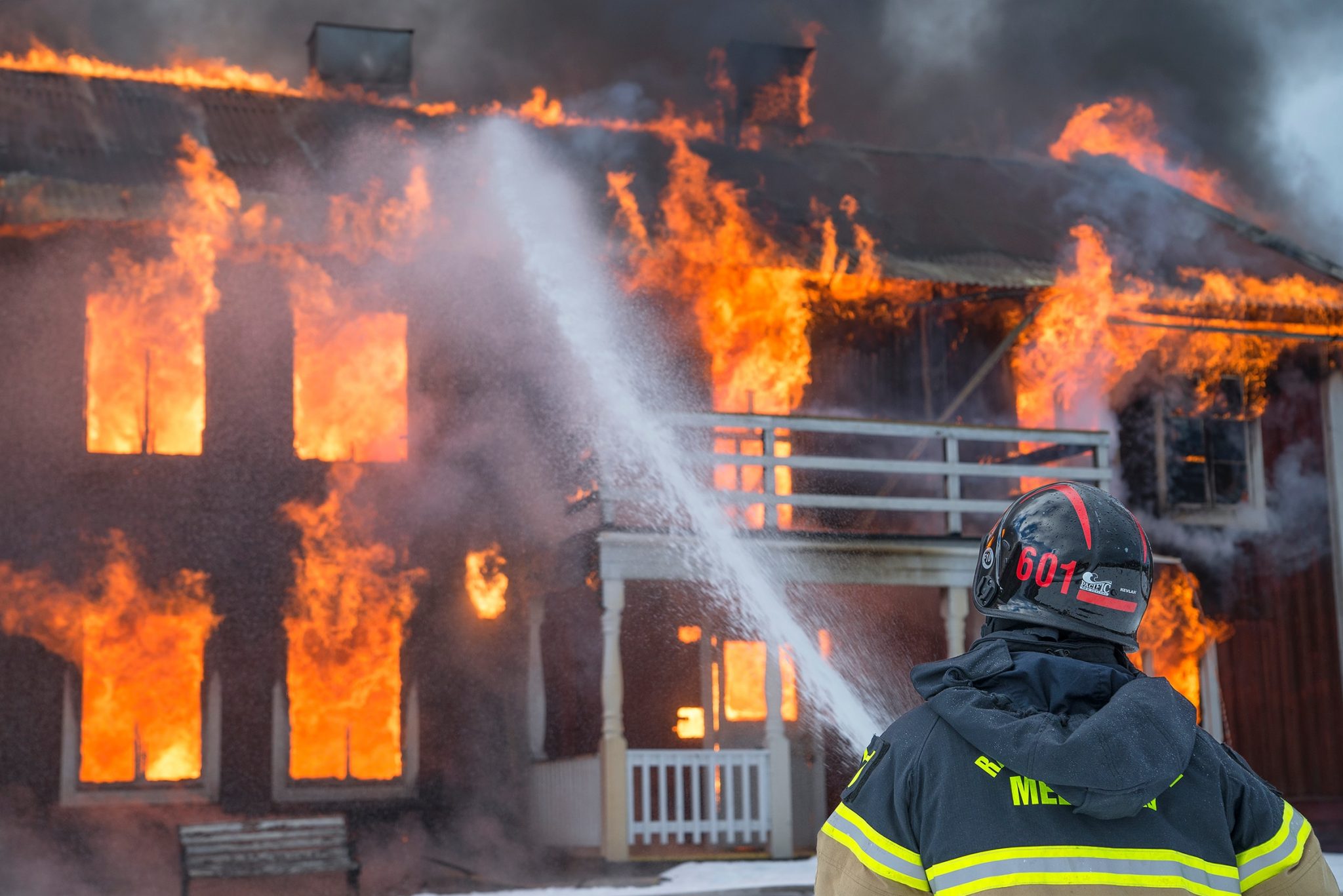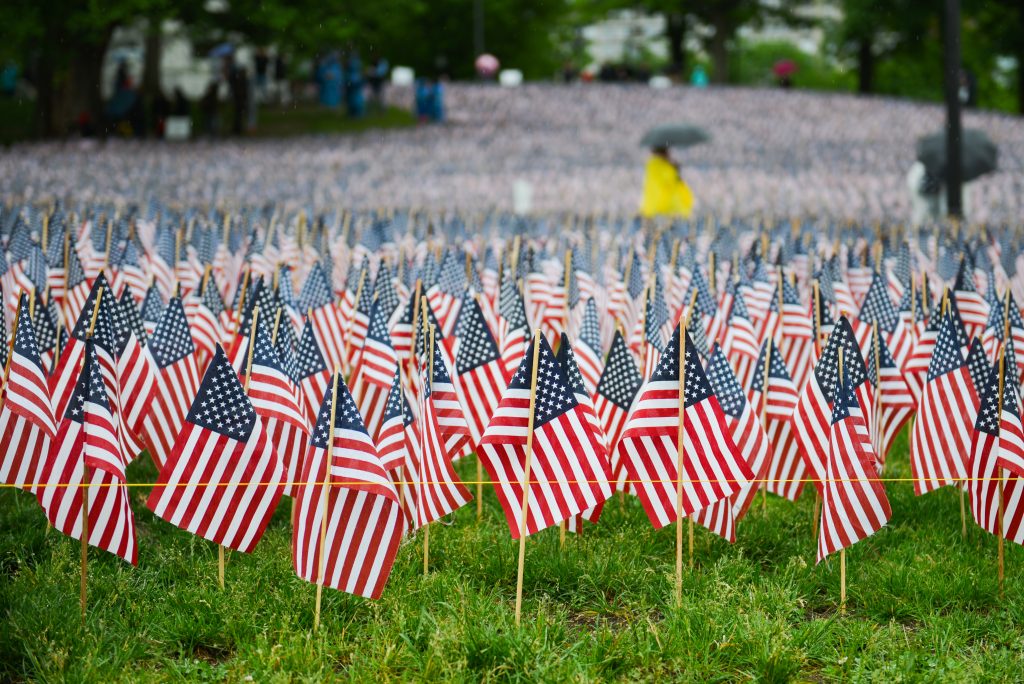It is widely stated that while our active duty and reserve personnel are the key individuals within the military ecosystem, without the other supporting entities, they would be unable to do their jobs at the high-level Americans expect. Additionally, it is often recognized that military training is some of the best life training for discipline, self-reliance, and decision making under pressure. But with only 29% of Americans ages 17-24 eligible for military service, not only do we lose access to these individuals’ other talents but they lose access to the life training opportunities available. Expanding the definition of service can create the opportunity for all Americans, regardless of skill set, interest area, or physical capability, to serve our nation and to benefit from the lessons this service experience brings.
There is a need to a) create a culture that shares this message and b) create structures to support it. How do we accomplish both?
First, we would need to develop a centralizing structure that recognizes local, state, national, and international service. Structures already exist within government that can collect, organize, and label this data. Second, we would need to create a number of service positions with differing commitment timing. Specifically, this includes analogous programs to reserve units, developing a second responders program, and intermittent volunteer opportunities through private or public programs.
By tangibly recognizing service to the nation, socializing the need for it and the benefit of it, as well as making it easy to participate, a national service program office could be established and supported within the DoD to ensure that all Americans have an opportunity to share their expertise with the nation and ultimately improve national readiness.

Photo by Daniel Tausis John Middelkoop Holly Mindrup





